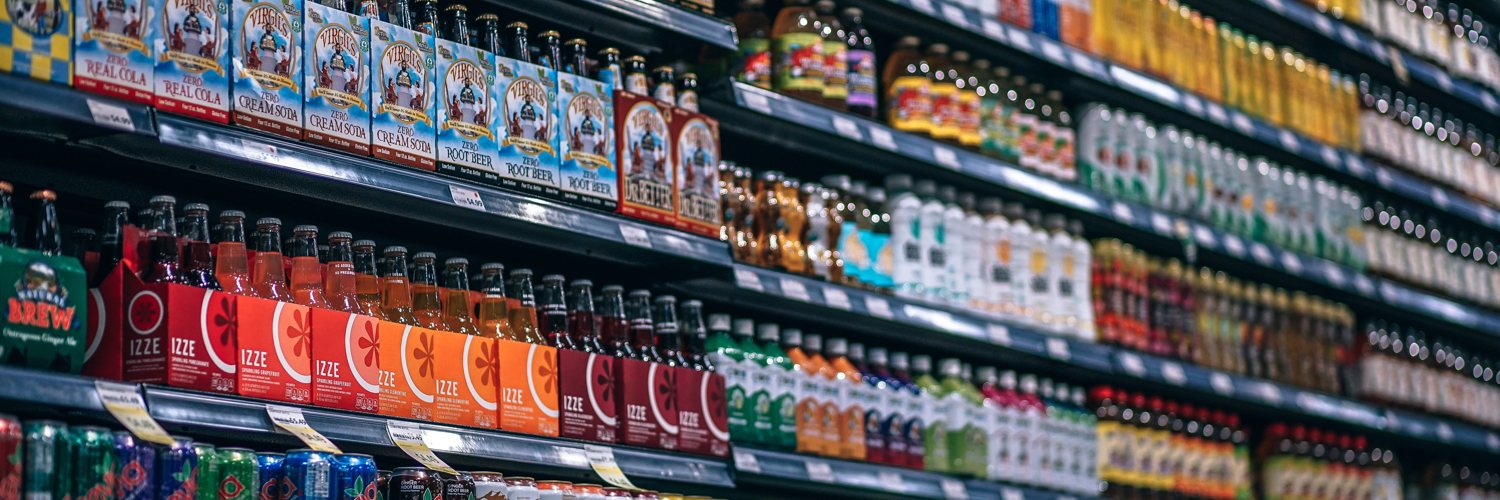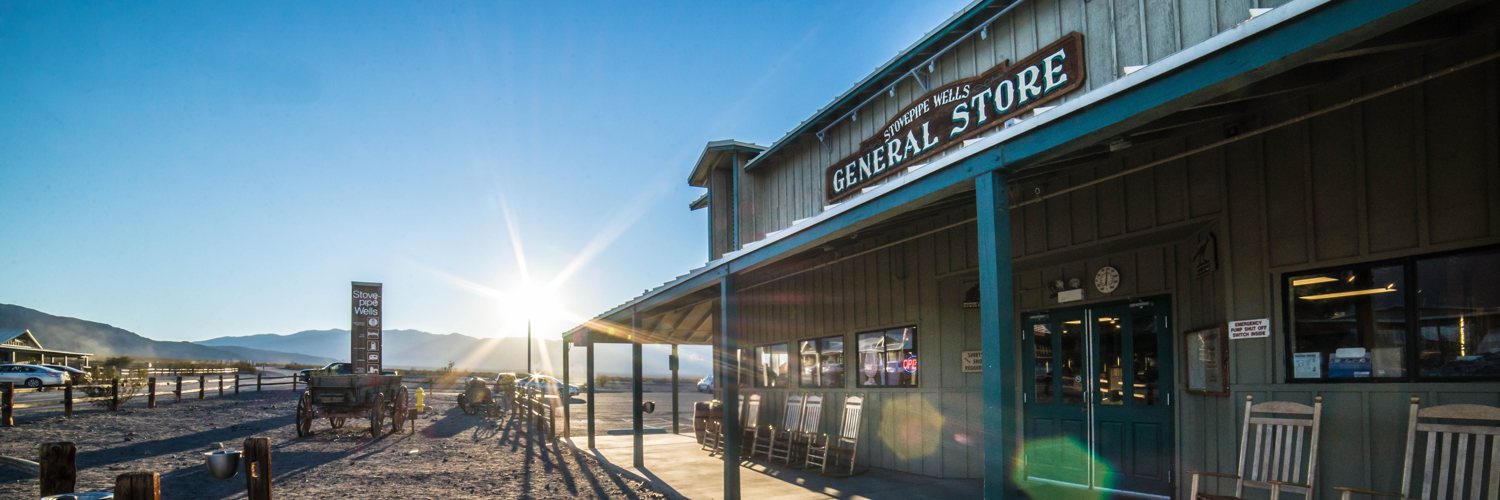The thesis behind the Brand Apocalypse, the change in successful brands caused by the growth of e-commerce and Amazon, is that growing e-commerce is not a simple change. It is a fundamental shift changing how brands build value, how they communicate to consumers, and how those consumers decide what to buy. As a result, some brands will struggle having built their brand value on assets no longer relevant online, while new more agile brands will win by being native to the platforms.
With ever-present internet it is easy to forget how the relationship between brands and customers worked merely a few decades ago. It used to be that the only way to reach consumers was by building physical stores or by selling to existing stores. Retail was localized, bound by the limits of cities. This was the time led by the merchandising buyers, people deciding, curating, and organizing products to go on the shelves.
This meant that retail was supply-driven. Brands and retailers made decisions about what customers wanted to buy. Consumers had little to contribute to this because the feedback loop would take months. From the time a product idea was formed, to the point a consumer bought it in a store many months would have passed.

Now given this setup of the retail supply chain introduce the internet. What changes? To start, retail is no longer localized, but instead global. Shoppers are not bound to the stores they had in their cities, but instead to millions of products available online. Not only that, but the retailers themselves overnight started to compete with every other retailer in the nation.
Then Amazon grew, further reshuffling the retail system. Soon Amazon will account for 50% of all online retail in the US, and if things don’t change their share will only get bigger. Both in terms of a percent of the total online sales, and also - since e-commerce is growing overall - in dollars. Amazon and its Prime memberships mean consumers are often unwilling to look for alternative retailers. The convenience Amazon has sold is what makes competing retailers struggle.
Amazon is built on search. The most value brands have on Amazon is built on customer reviews and sales. The retail mechanics of placing on the right shelf and curating with the right products are almost gone. Merchandising is now replaced with automation. And yet many established brands built their success on merchandising. This the primary reason why Amazon is causing so much havoc in retail - it is replacing traditional mechanics of commerce with data and AI.

The internet has also brought a way for consumers to talk. They can now like and comment of the things they like. Which means brands are no longer talking, but listening. At least the winning ones. The feedback loop of months before is now down to days or minutes, in some cases it is real time. Social media is driving this, in fact Amazon is severely lacking in this area. The change this is bringing is that retail used to be the discovery platform. Now the internet overall and the many social networks are all powering discovery. There is no longer just one.
Social media has made retail demand-driven. Brands aware of the feedback from consumers are using it to build better products. Even the rise of private label brands on Amazon is an example of demand-driven commerce - companies are calculating what products are missing from the market and making them available. Some brands, of course, still have conviction to make decisions for consumers, but many more are successfully listening instead.
“When industries are shifting, the reasoning lies not in the symptoms - certain brands struggling or trends evolving - but in the root causes - the shift from a supply-driven world to a demand-driven world. The decline of J.Crew and its ilk is not the result of any single leader, decision or trend. It’s because of a fundamental shift in the mechanics of commerce, arguably one of the most profound changes the industry has ever seen. But challenges for some are opportunities for others, and brands that are brutally aware of the shifting consumption landscape will continue to succeed. Those that aren’t conscious of the earth shifting below their feet will only solidify themselves as relics of the past.”
– Loose Threads

The growth of the internet and Amazon is fundamentally changing retail. The mechanics of retail of the past are no longer the monopoly - consumers have flocked online because it showed a different way of shopping. That way is making brands listen, and retailers compete with each other.
Not so long ago retail was the one store on the main street, shelving products the merchandisers decided to. Then the internet came. Retail apocalypse happened because the internet removed localized monopolies from brick-and-mortar stores. Brands apocalypse will happen because every brand is now on the same exact shelf just like the other million of products.
Ben Thompson of Stratechery.com wrote “With the loss of friction, there is necessarily the loss of everything built on friction, including value, and livelihoods.” Retail is built on friction. The mechanics of physical stores, merchandise buyers, brands designing products, discovery in brick-and-mortar stores are all ripe with friction. The internet lead by Amazon is removing most of that friction.

